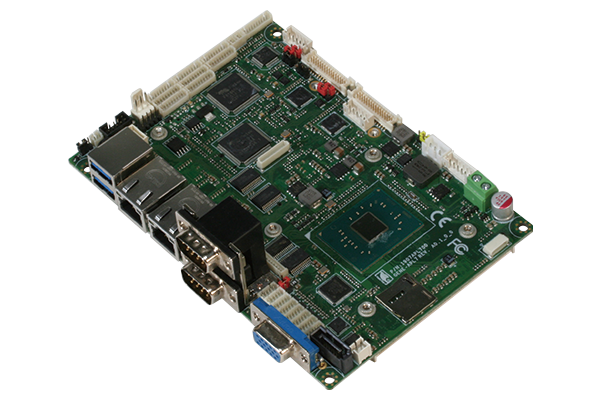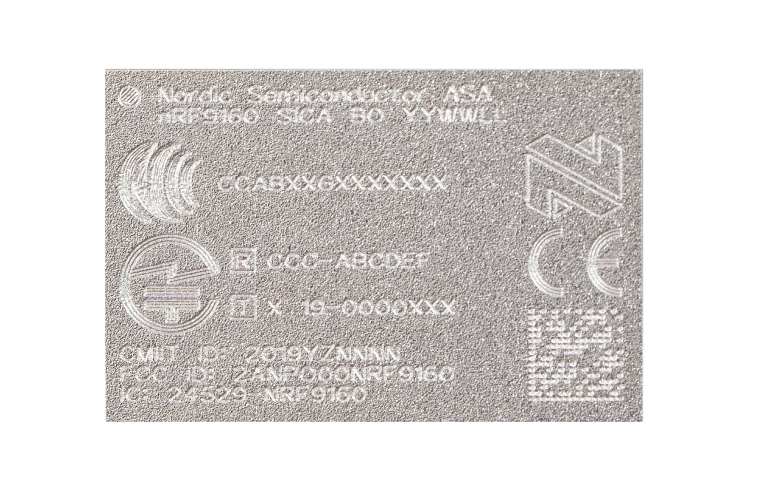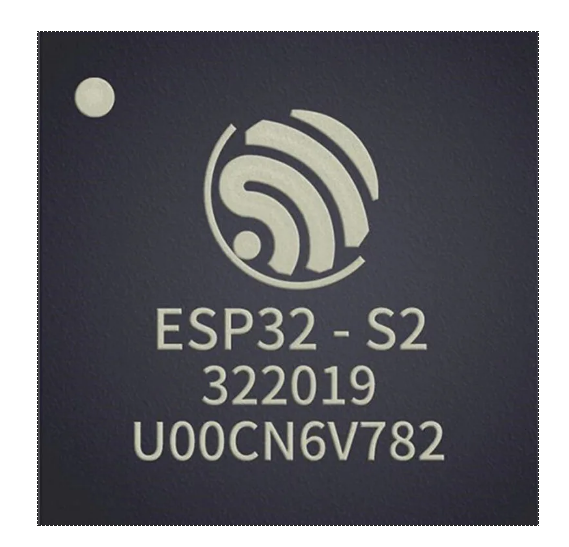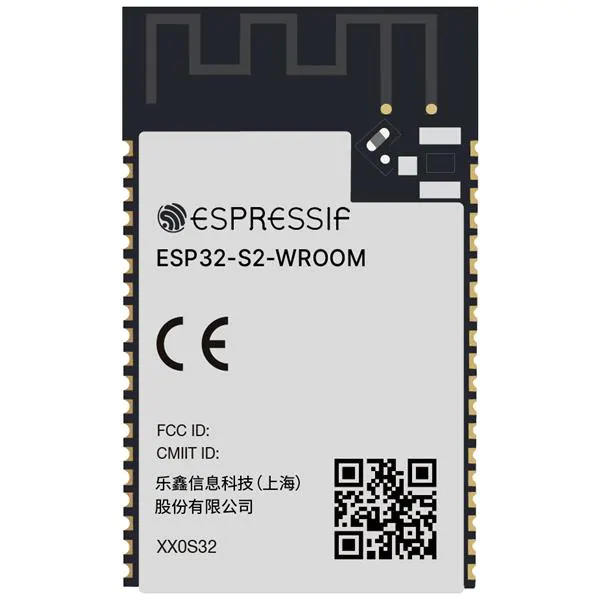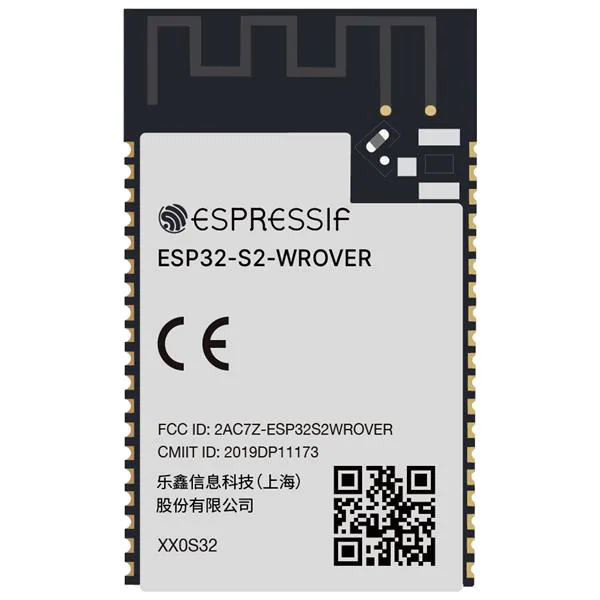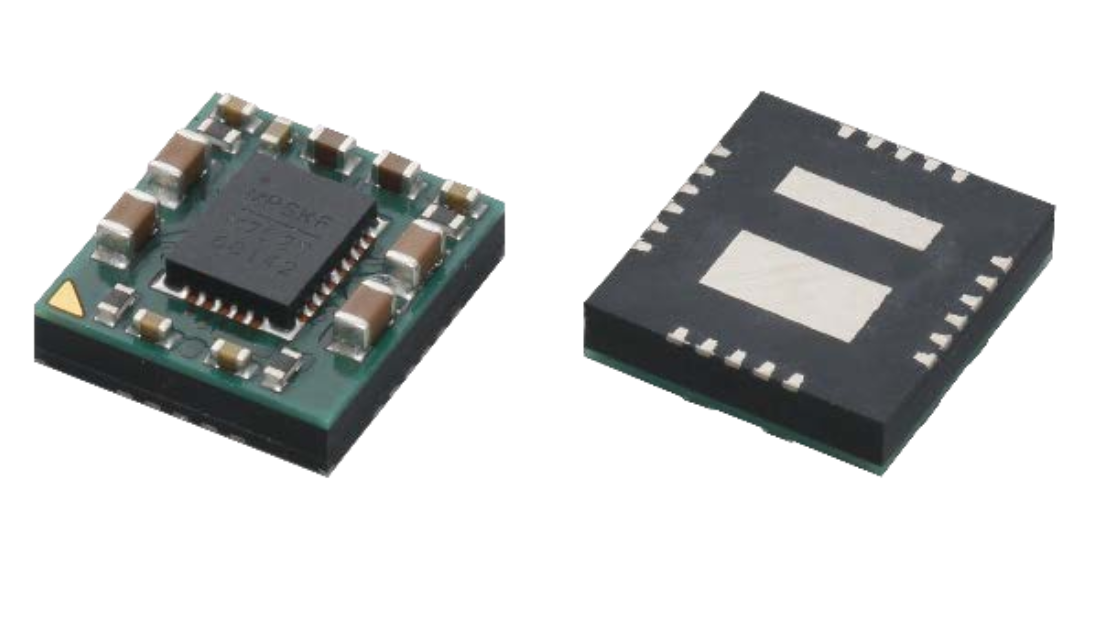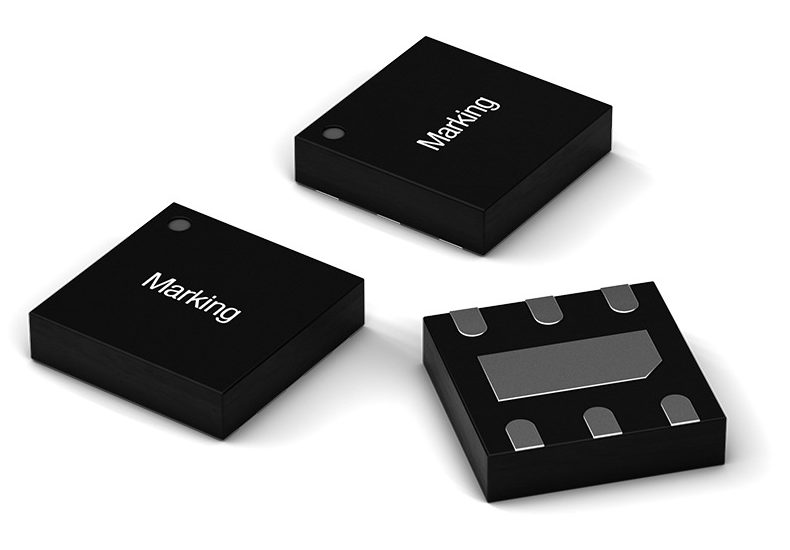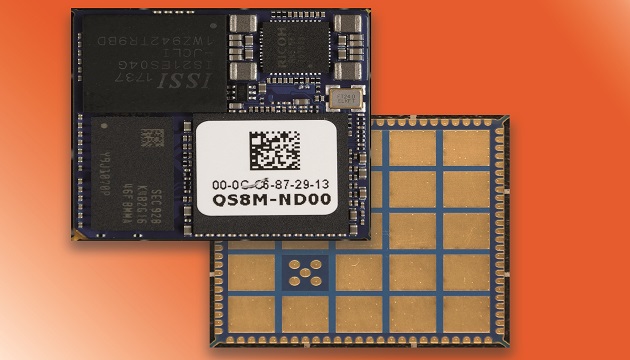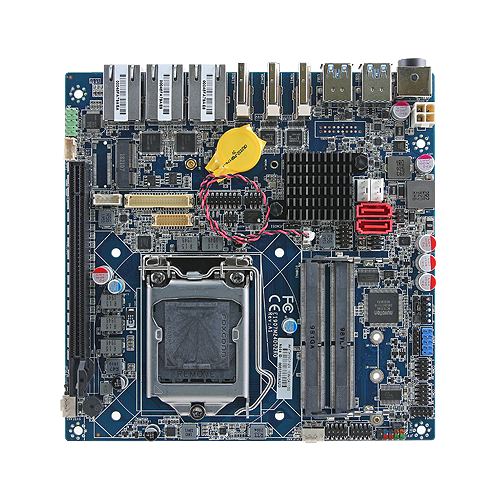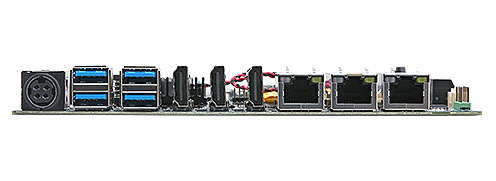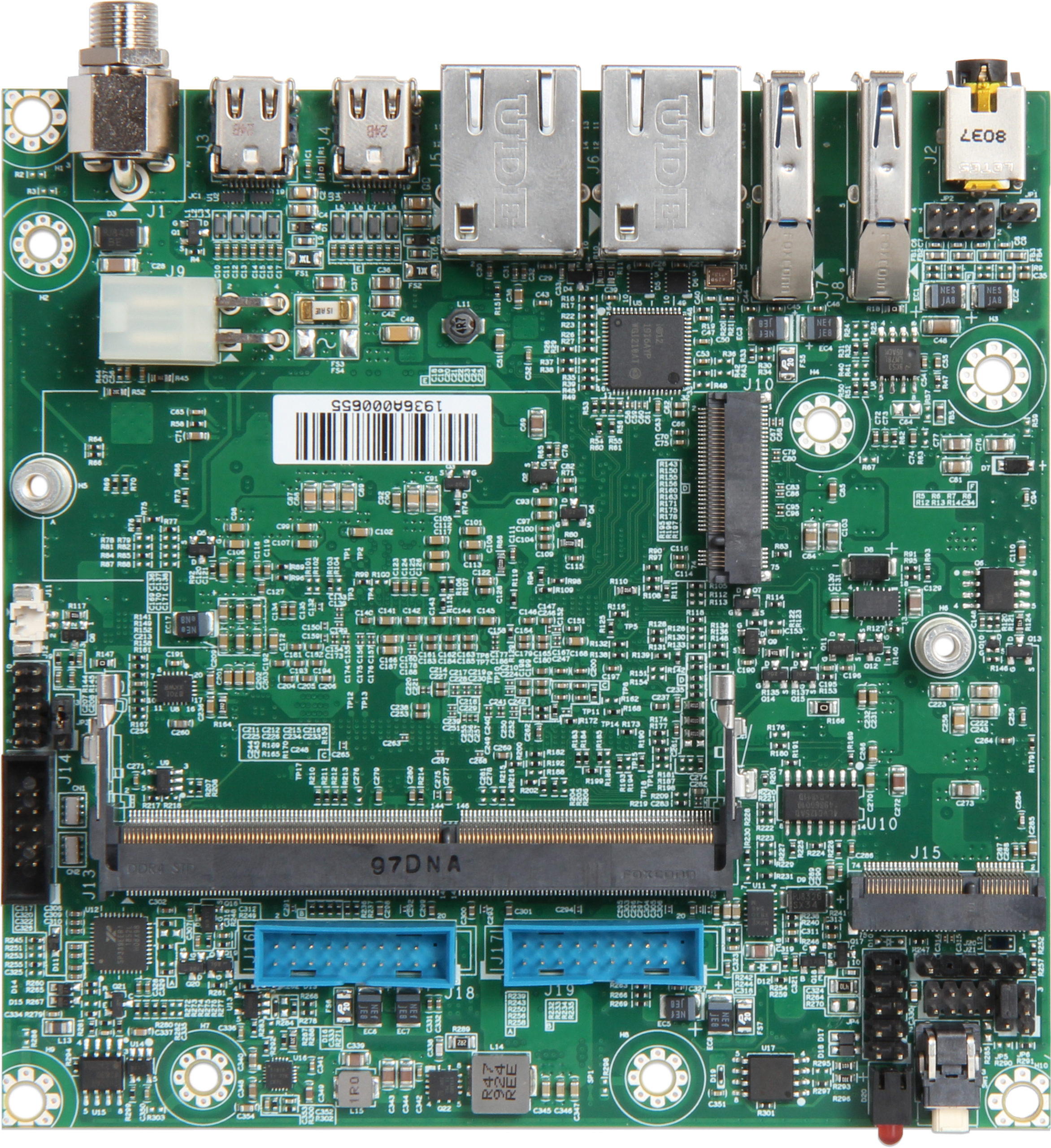As the number of Coronavirus disease 19 (COVID-19) cases continue to increase daily, medical researchers are working tirelessly to develop treatments and a vaccine. In the United States, where the number cases have exceeded 560,000, biotech developers are deploying blood and virus testing devices to help in this vital task. Many of these machines are powered by the GENE-APL7 subcompact board from AAEON to provide clear, accurate results for medical researchers.
With the complicated nature of a novel virus, medical experts estimate development of a vaccine for COVID-19 may take several months. The SARS-CoV-2 virus responsible for the disease is continuously evolving, with as many as 40 new variants of the strain having been discovered according to officials in Iceland. As the spread of the disease is beyond being able to contain in many countries and regions, medical researchers are in a race against time.
Testing new medicines, especially when developing vaccines, requires close monitoring of test subjects’ blood to detect the production of antibodies and reaction to viral agents. Specialized medical equipment and instruments which are used for testing blood and viruses are needed to help speed up the process while still providing critical and accurate information. Several developers of such equipment in the United States have turned to the GENE-APL7 subcompact board to help power these devices.
The GENE-APL7 3.5” subcompact board provides the necessary computing power and flexibility to keep up with the task. While small in size, making it easy to fit into medical equipment, the GENE-APL7 can be expanded to support as many as 10 USB ports and 11 COM ports, allowing it to interface with multiple testing devices to provide sample analysis. With low power, high performance Intel® processers, the GENE-APL7 can be embedded into machines with fanless operation, increasing reliability by preventing contaminants from affecting the board. The GENE-APL7 supports multiple video outputs including eDP and VGA with support for 4K HD, providing researchers with a clear view of virus samples for more accurate analysis.
“As the number of infected persons continues to grow rapidly, the development of effective vaccines and treatments is crucial to the success in the fight against the pandemic. With the GENE-APL7 integrated into our customer’s blood analysis and testing equipment, medical researchers have one more vital tool to achieving this important goal,” said Alan Lan, Product Manager with AAEON’s Embedded Computing Division. “Developing a vaccine is a marathon endeavor. As of now, AAEON and our US-based customer are preparing more than 1,000 units to be deployed to help give a much-needed boost to the efforts of medical researchers,” Alan added.
The GENE-APL7 is deployed to many applications within the medical field, including hospital telemedicine equipment, and in many well-known US pharmacies for applications including customer data management and real-time sharing of medical records. For more information about the GENE-APL7, please visit www.aaeon.com

